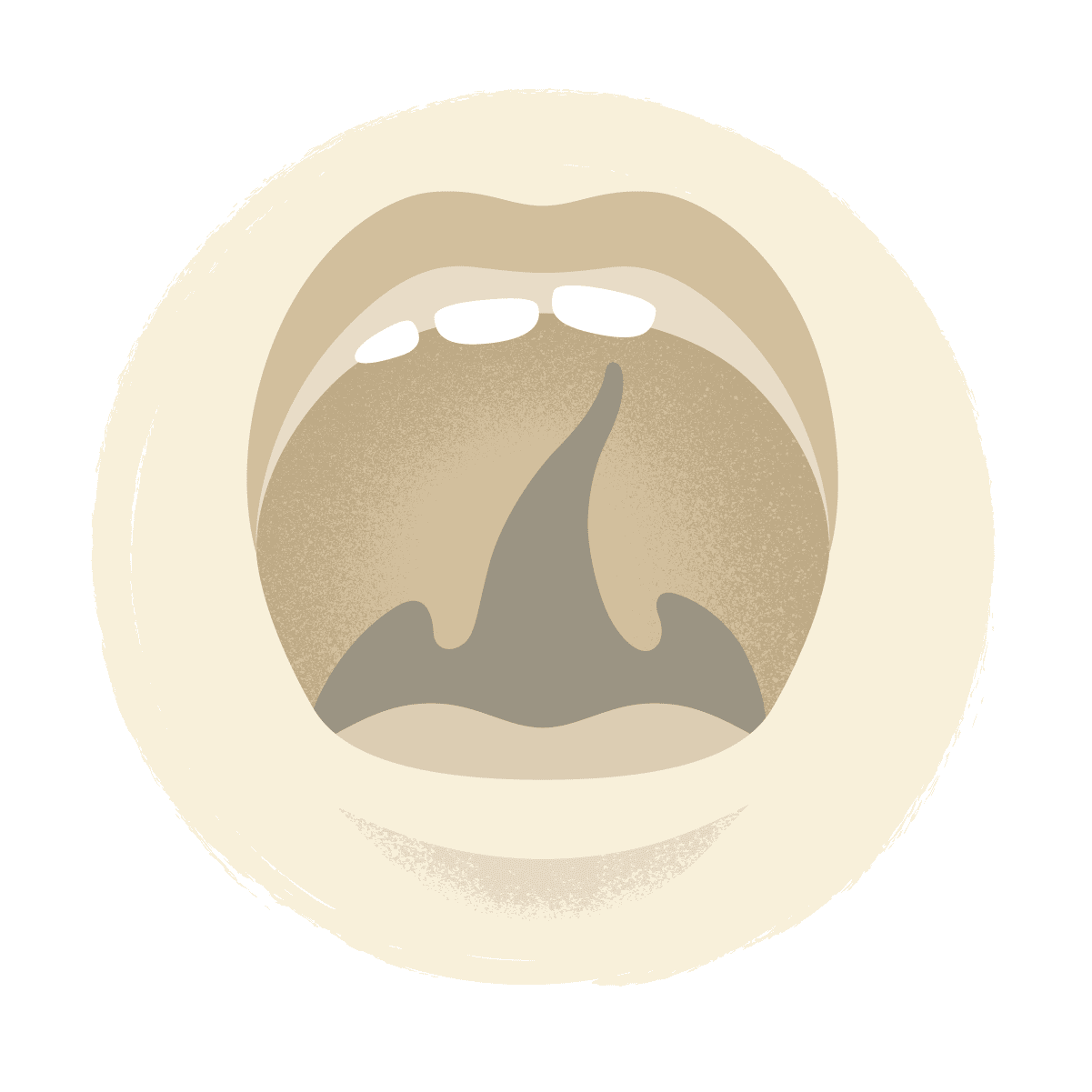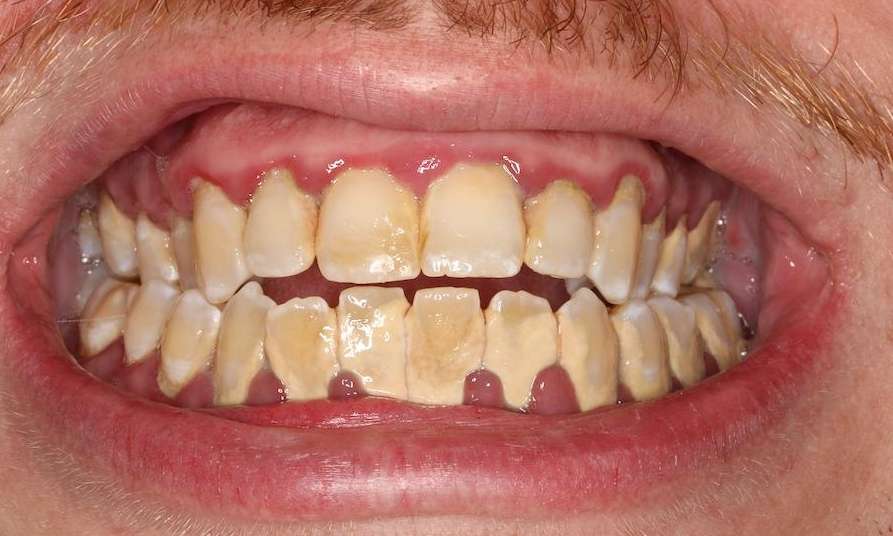Pain In Palate When Eating

The palate, also known as the roof of the mouth, plays a crucial role in our ability to eat, speak, and swallow. It’s a complex structure that includes the hard palate (the bony part at the front) and the soft palate (the soft, fleshy part at the back). When we experience pain in the palate while eating, it can be a sign of an underlying issue that needs attention. In this article, we’ll delve into the possible causes of palate pain, explore the various symptoms, and discuss the treatment options available.
Understanding the Anatomy of the Palate
Before we dive into the causes of palate pain, it’s essential to understand the anatomy of the palate. The palate is made up of several layers of tissue, including the mucous membrane, the submucosa, and the periosteum. The mucous membrane is the outermost layer, which comes into contact with food and drinks. The submucosa is a layer of connective tissue that contains blood vessels, nerves, and glands. The periosteum is the outermost layer of the bone, which covers the hard palate.
Causes of Palate Pain
There are several possible causes of palate pain, ranging from mild to severe. Some of the most common causes include:
- Trauma: A blow to the face or a fall can cause bruising, swelling, or even a fracture of the palate. Eating sharp or hard foods can also cause irritation and pain in the palate.
- Infections: Bacterial, viral, or fungal infections can cause inflammation and pain in the palate. Examples include strep throat, tonsillitis, and oral thrush.
- Dental Issues: Problems with the teeth or gums, such as gum disease, tooth decay, or a dental abscess, can radiate pain to the palate.
- Allergies: Food allergies or sensitivities can cause inflammation and pain in the palate, especially when eating certain foods like citrus fruits, spicy foods, or shellfish.
- Oral Cancer: Although rare, oral cancer can cause pain in the palate, especially if the cancer is located on the hard palate or the soft palate.
Symptoms of Palate Pain
The symptoms of palate pain can vary depending on the underlying cause. Some common symptoms include:
- Sharp, stabbing pain or a dull ache in the palate
- Swelling, redness, or bruising of the palate
- Difficulty swallowing or eating
- Bad breath or a bad taste in the mouth
- Fever or chills
- White patches or lesions on the palate
Diagnosis and Treatment
Diagnosing the cause of palate pain requires a thorough medical history, physical examination, and sometimes, additional tests like X-rays, CT scans, or biopsies. Treatment depends on the underlying cause and may include:
- Pain Relief: Over-the-counter pain medications like acetaminophen or ibuprofen can help alleviate pain and discomfort.
- Antibiotics: If the cause is an infection, antibiotics may be prescribed to clear up the infection.
- Dental Treatment: If the cause is related to dental issues, a dentist may need to perform a root canal, extract a tooth, or provide other treatments.
- Allergy Treatment: If the cause is an allergy, avoiding the allergenic food or substance and taking antihistamines or other medications may help.
- Surgery: In severe cases, such as oral cancer, surgery may be necessary to remove the tumor or affected tissue.
What are the most common causes of palate pain?
+The most common causes of palate pain include trauma, infections, dental issues, allergies, and oral cancer. It's essential to consult a healthcare professional for a proper diagnosis and treatment plan.
How can I manage palate pain at home?
+To manage palate pain at home, try taking over-the-counter pain medications, applying a cold compress to the affected area, and avoiding irritants like spicy or acidic foods. However, if the pain persists or worsens, consult a healthcare professional for further evaluation and treatment.
Can palate pain be a sign of a more serious condition?
+Yes, palate pain can be a sign of a more serious condition, such as oral cancer. If you experience persistent or severe pain, difficulty swallowing, or other concerning symptoms, consult a healthcare professional immediately for a thorough evaluation and diagnosis.
Prevention and Maintenance
While some causes of palate pain are unavoidable, there are steps you can take to reduce your risk of developing palate pain:
- Practice good oral hygiene, including regular brushing, flossing, and dental check-ups.
- Avoid eating sharp or hard foods that can irritate the palate.
- Wear a mouthguard if you participate in sports or activities that increase your risk of oral trauma.
- Manage allergies and sensitivities by avoiding trigger foods and substances.
- Quit smoking and avoid using tobacco products, which can increase your risk of oral cancer.
In conclusion, pain in the palate when eating can be a sign of an underlying issue that requires attention. By understanding the possible causes, symptoms, and treatment options, you can take the first step towards resolving the issue and maintaining good oral health. Remember to consult a healthcare professional if you experience persistent or severe pain, and take proactive steps to prevent and maintain good oral health.

